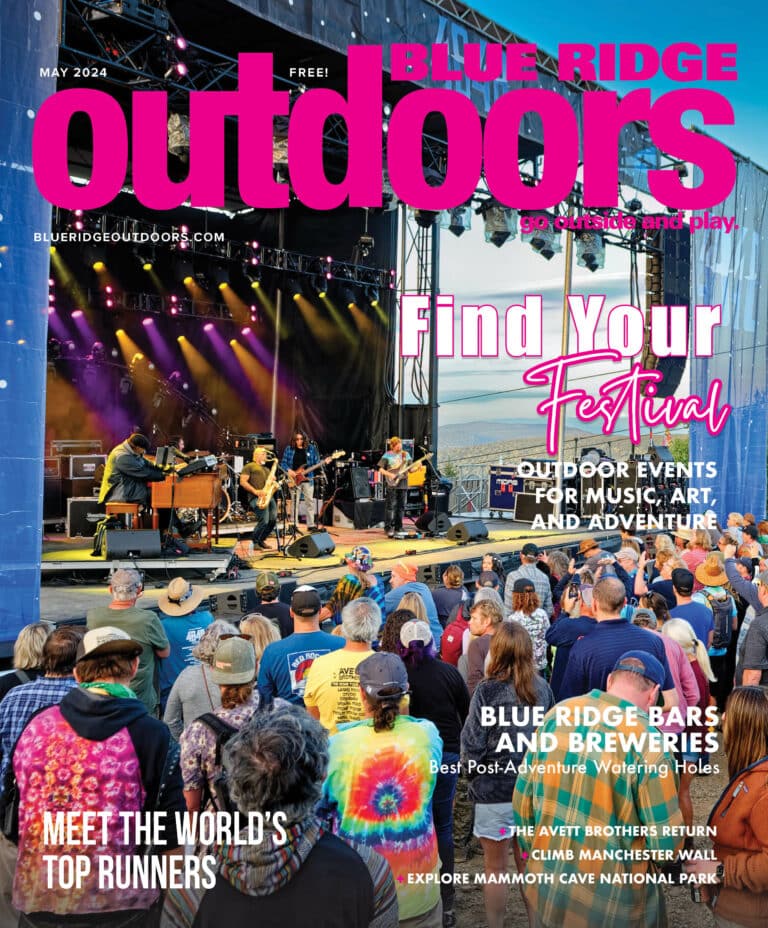The North Carolina Zoo announces the birth of five critically endangered American red wolves as part of its American red wolf breeding program. The five new pups – three males, two females – were born Tuesday, April 21. The pups and their mother are all healthy and doing well.
There are currently only 15-20 red wolves found in the wild, only in eastern North Carolina, making them the most endangered canid in the world.
In celebration of North Carolina, the rare pups were named after plants found in the state. The names for the males are Oak (Appalachian Oak), Cedar (Red Cedar) and Sage (Azure Sage). The females are named Lily (Carolina Lily, the state’s wildflower) and Aster (Piedmont Aster). They are the offspring of Piglet (female) and Jewell (male). This is the first litter for this pair.
This litter brings the number of red wolves in the Zoo’s breeding program to 25, making it the second-largest pack in the U.S. after Point Defiance Zoo and Aquarium in Tacoma, Washington.
The pups are being kept in a quiet, non-public viewing area of the Zoo and have minimal contact with staff and keepers. This allows their mother to raise the pups with the least amount of stress in a natural habitat.
“Congratulations to the North Carolina Zoo for playing an essential part toward helping this critically endangered species recover,” said Susi H. Hamilton, secretary of the N.C. Dept. of Natural and Cultural Resources. “It’s yet another example of the Zoo doing amazing work to conserve wildlife and wild places.”
Once common throughout the southeastern United States, the wolves were driven to near extinction during the late 1960s, but the U.S. Fish and Wildlife Service began an aggressive conservation effort – the American Red Wolf Recovery Program – that led to new ways to track and protect the species.
The Zoo has been part of the American Red Wolf Recovery Program since 1994. The Zoo’s red wolf pack has bred eleven pups over the past three years and has successfully bred 34 wolves since the program began. Currently, there are about 240 (that number can change daily during the whelping season) red wolves in breeding programs throughout the U.S. Red wolves normally have three to five pups per litter.
The North Carolina Zoo led the successful efforts to have the American red wolf become part of the Association of Zoo and Aquariums SAFE (Saving Species From Extinction) program.
Under this program, the Zoo leads in conserving the species and growing both the population in the wild and the animals under human care.
AZA SAFE Species programs aim to protect endangered species around the world. For more information, visithttps://www.aza.org/aza-safe.
To learn more about the North Carolina Zoo and our red wolf program please visit www.nczoo.org
Photo credit Moriah Angott/North Carolina Zoo. Image free to use and share in print, broadcast and online
About the North Carolina Zoo
At the North Carolina Zoo, we celebrate nature. As the world’s largest natural habitat Zoo, we inspire a lifelong curiosity about animals for the hundreds of thousands of people who visit our Zoo each year. Our dedicated team of experts provides exceptional, compassionate care for the more than 1,800 animals and 52,000 plants that call our Park home. We also lead efforts locally and globally to protect wildlife and wild places because we believe nature’s diversity is critical for our collective future. The North Carolina Zoo invites all of our guests to witness the majesty of the wild in the heart of North Carolina and welcomes everyone to join in our mission to protect nature’s diversity. Visit NCZoo.org to begin your life-changing journey.
About the N.C. Department of Natural and Cultural Resources
The N.C. Department of Natural and Cultural Resources (NCDNCR) is the state agency with a vision to be the leader in using the state’s natural and cultural resources to build the social, cultural, educational and economic future of North Carolina. NCDNCR’s mission is to improve the quality of life in our state by creating opportunities to experience excellence in the arts, history, libraries and nature in North Carolina by stimulating learning, inspiring creativity, preserving the state’s history, conserving the state’s natural heritage, encouraging recreation and cultural tourism, and promoting economic development.
NCDNCR includes 27 historic sites, seven history museums, two art museums, two science museums, three aquariums and Jennette’s Pier, 39 state parks and recreation areas, the North Carolina Zoo, the nation’s first state-supported Symphony Orchestra, the State Library, the State Archives, the N.C. Arts Council, State Preservation Office and the Office of State Archaeology, along with the Division of Land and Water Stewardship. For more information, please call 919- 807-7300 or visit www.ncdcr.gov.








